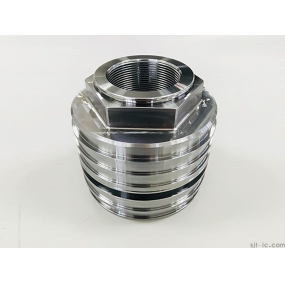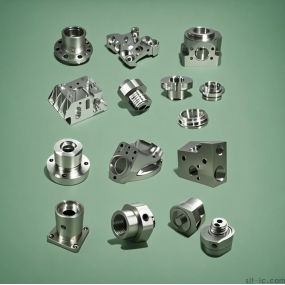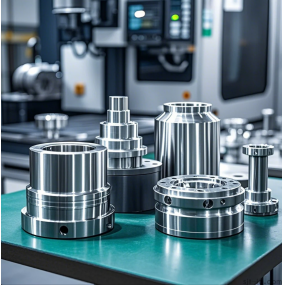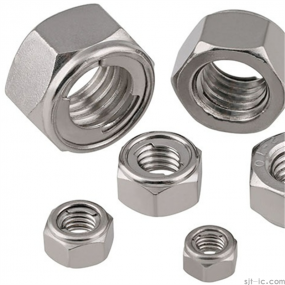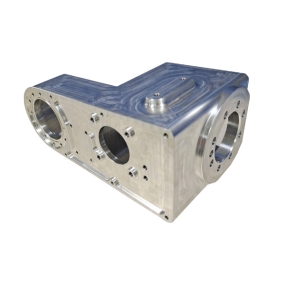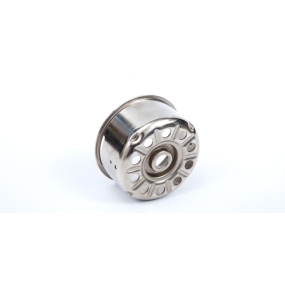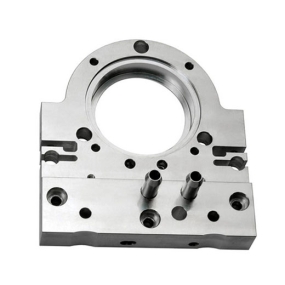Hey there, fellow engineers and procurement pros! 😤 Ever been stuck between needing a few hundred custom metal parts and the nightmare of massive minimum order quantities? You know the drill – you get a brilliant design, but traditional manufacturers just shrug when you mention small batches. It's frustrating, right? Well, what if I told you there's a smarter way? Let's dive into the world of small batch CNC turning services, a game-changer for prototyping and limited production runs.
What Exactly Are Small Batch CNC Turning Services? 🤔
Simply put, it's getting precisely machined round parts made in quantities that don't break the bank or fill your warehouse. We're talking about orders from as low as 50 pieces up to maybe 1,000. Unlike mass production, the focus here is on flexibility, speed, and cost-effectiveness for smaller needs. It's perfect for when you're testing a new product, need replacement components, or have a specialized project that doesn't require thousands of units.
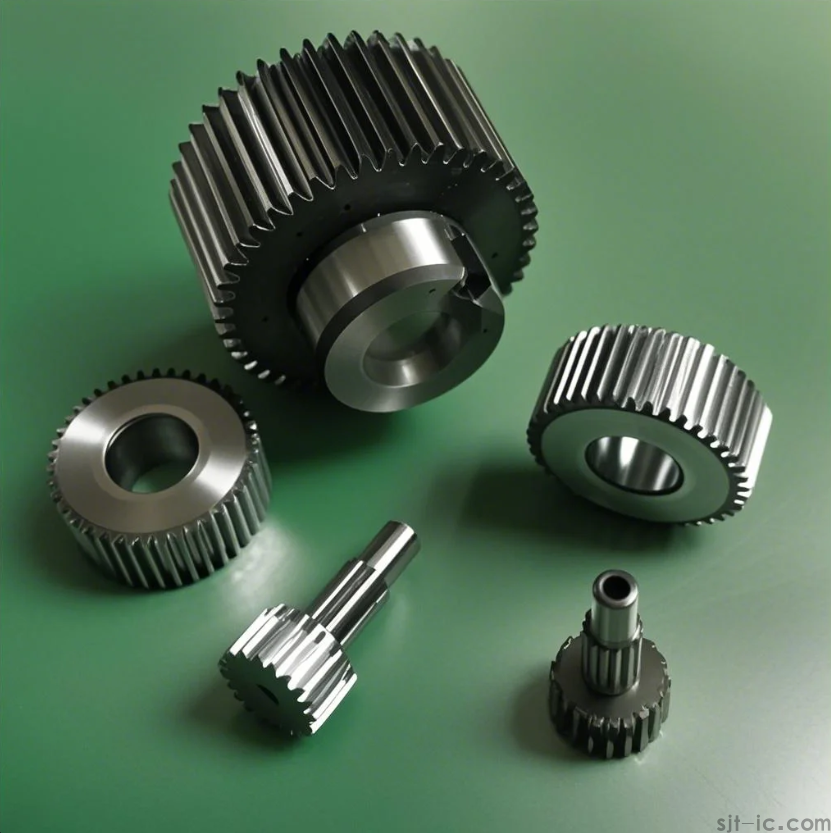
Why Would You Even Consider Small Batches? 💡
I get it, the per-part cost can be higher than mass production. But look at the bigger picture! First off, your initial cash outlay is much lower. You're not tying up a huge amount of capital in inventory. Secondly, it drastically cuts down on risk. What if your design has a flaw? With a small batch, you can test, get feedback, and make tweaks without a huge financial loss. It's all about being agile. However, it's worth mentioning that the specific cost-breakdown between, say, 100 units and 500 units can sometimes be less straightforward than it seems, and the per-part price doesn't always drop evenly.
How Does The Whole Process Work? (Step-by-Step) 🔧
It's pretty straightforward, but knowing the steps helps you manage the project better.
- Step 1: You Send Your Design. This is usually a 3D CAD file or a detailed drawing. The more clear it is, the smoother things go.
- Step 2: They Review and Quote. The shop looks at your design, material choice, and quantity, then gives you a price and timeline.
- Step 3: Programming & Setup. This is where the magic starts. A programmer creates the instructions for the CNC machine. This setup time is a key part of the cost for small runs.
- Step 4: Machining & Quality Checks. The machine does its work, and parts are regularly checked to ensure they match your specs perfectly.
Step 5: Delivery. Finished parts are shipped right to your door. Easy!
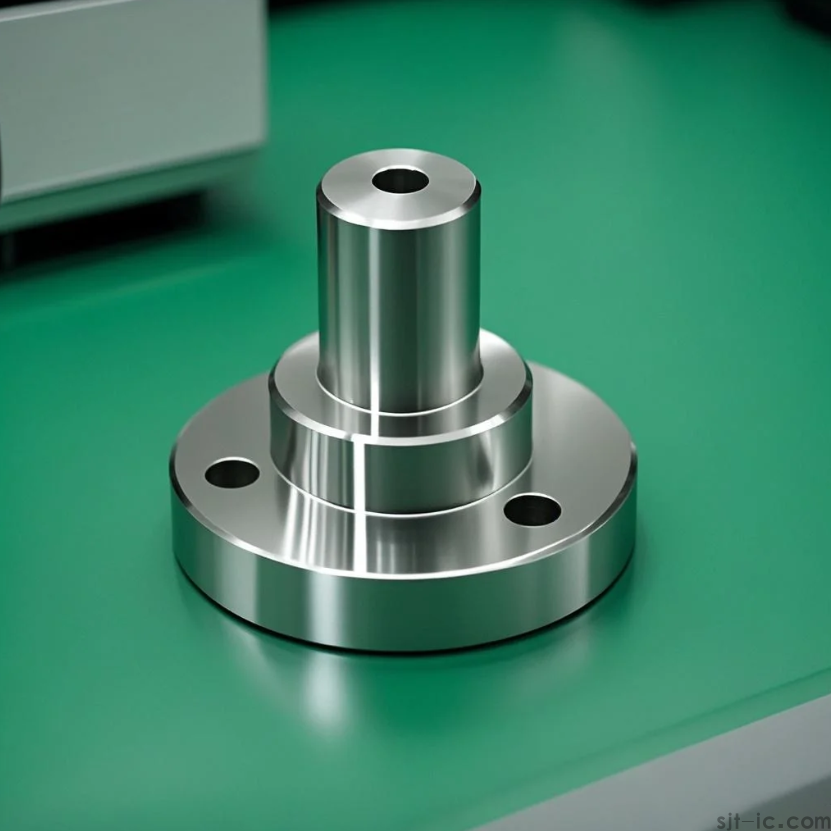
What About The Cost? Let's Be Real. 💰
This is the big question. The cost isn't just about the number of parts. It's a mix of:
Material (e.g., aluminum is different from stainless steel),
Part Complexity (more features = more machine time),
Quantity (obviously!), and
Surface Finishing (like anodizing or plating).
From my experience, the best way to get a good deal is to be open about your budget and ask if there are any design tweaks that could save money without hurting performance. Sometimes a tiny change can lead to big savings. This approach often proves... or perhaps just suggests that collaboration is better than just shopping for the lowest price.
How to Pick The Right Service Provider 🎯
Not all machine shops are created equal, especially for smaller jobs. Here’s what I usually look for:
- Do they actually welcome small orders? Some shops say they do, but you can tell it's not their focus.
- Check their equipment and expertise. Do they have the right machines for the materials you need?
Communication is key! You want a partner who answers your emails quickly and is transparent about the process. I've found that a shop's responsiveness during the quoting phase is a pretty good indicator of their service later on. Although, to be completely honest, the exact correlation between communication style and final part quality is something I'm still figuring out – it's not always a perfect match.
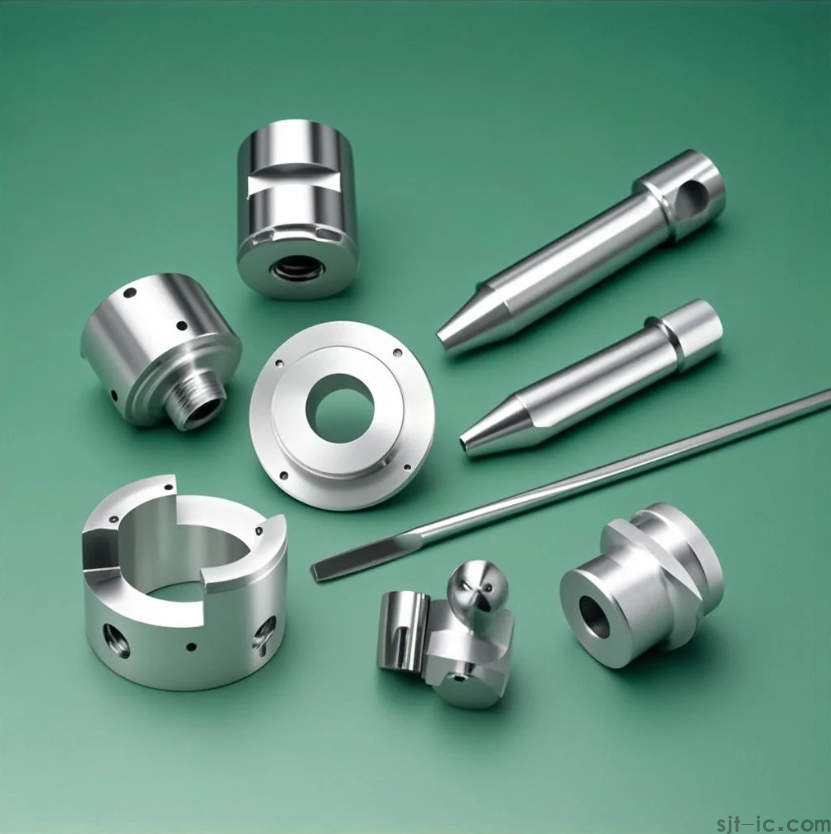
A Little Secret From My Side of The Fence 🤫
Many people get hung up on the machine brand a shop uses. But here's the thing: a skilled machinist and programmer are often more important than the machine itself. A great team on an older machine can produce better parts than a mediocre team on the latest model. Focus on the people and their proven work. That said, modern machines are fantastic for speed and repeatability, so it's a balance. But anyway, the real value lies in finding a supplier that feels like an extension of your own team.
Just last quarter, by using a dedicated small-batch service for our prototype components, we managed to cut our development time by almost one weeks. The data from that project was invaluable.


 Spanish
Spanish Arabic
Arabic French
French Portuguese
Portuguese Belarusian
Belarusian Japanese
Japanese Russian
Russian Malay
Malay Icelandic
Icelandic Bulgarian
Bulgarian Azerbaijani
Azerbaijani Estonian
Estonian Irish
Irish Polish
Polish Persian
Persian Boolean
Boolean Danish
Danish German
German Filipino
Filipino Finnish
Finnish Korean
Korean Dutch
Dutch Galician
Galician Catalan
Catalan Czech
Czech Croatian
Croatian Latin
Latin Latvian
Latvian Romanian
Romanian Maltese
Maltese Macedonian
Macedonian Norwegian
Norwegian Swedish
Swedish Serbian
Serbian Slovak
Slovak Slovenian
Slovenian Swahili
Swahili Thai
Thai Turkish
Turkish Welsh
Welsh Urdu
Urdu Ukrainian
Ukrainian Greek
Greek Hungarian
Hungarian Italian
Italian Yiddish
Yiddish Indonesian
Indonesian Vietnamese
Vietnamese Haitian Creole
Haitian Creole Spanish Basque
Spanish Basque

